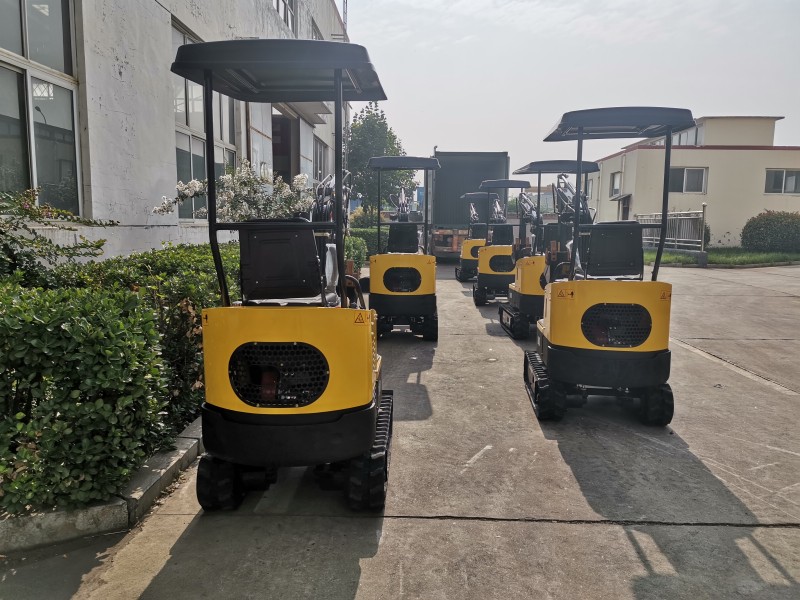Everyone who drives a small excavator knows that the oil in the water is a very dangerous thing.Today,the editor will take you to see how we usually judge the oil in the water!
1.According to the appearance of the excavation oil,we can see whether the excavation oil is in the water by the color of the excavation oil.If the oil condition is very bright and not turbid,then this indicates that there is no water in the water.If the color of the oil is turbid,the oil is in the water.
2.Check whether the oil in the excavator coolant contains oil.If some parts of the engine are damaged,the engine coolant will enter the lubrication system and the oil will be mixed.The soaked oil can also be found in the tank coolant and can be easily identified.
3.In addition,the engine oil enters the water,and the oil will react chemically in a high temperature environment to form an emulsion.Checking the dipstick will show white with foam.
Finally,we can distinguish the height of the oil in the excavator.If our oil level is definitely getting less and less,then the type of small excavator must be water if it does not fall.
The rubber tracks on small excavators are different from the steel tracks on large machines,which are suitable for lawns and driveways.Many times users do not check the wear of rubber tracks,just like rails.
As a result,only the wear of the rubber tracks is observed,and no wear is observed on the sprockets and idlers,and the wear of the cracks and edges on the rubber tracks is estimated,just like the tires are worn in the same way.
Due to different usage methods and soil conditions,the life of rubber tracks is also very different.Generally,the average life of a small excavator is about 2,000 hours.However,if you work in a rocky or wearable environment,your life will be halved.On the contrary,in a better environment,the working life will be doubled.
When users check the tracks and chassis,don't forget to drive again to check the oil level and cleanliness.This part is easy to be overlooked,and usually there will be little oil left.If the oil level is already low,there will be water or something else,which will cause more trouble.
After the engine warms up,the machine is tilted so that it only sits on one side of the track,and the tracks on both sides are rotated for standing.Note how many of these movements can be completed in 30 or 60 seconds,and then compare it with other traces.
The excavator trace is a built-in flow meter,and if the two do not have the same flow,there may be a problem.Another way to detect is to drive the excavator on a flat surface for 10 meters.If you use a straight line,you can know that the side of the walking device is also running.
Also check the rotating ring gear and counter bearing.Under normal circumstances,the upper part can start to rotate smoothly and stop with little or no error.For small excavators,the rotating ring gear and counter bearing should have the same longevity as the machine,so any problems with this part should be noted.
Open the hood and check the exhaust pipe for signs of smoking.You can check the dipstick to see if there is smoke.Excessive smoke usually means that the piston ring needs to be replaced and the engine maintenance needs to be long.
How to identify the small excavator and how to judge the oil ingress are all sorted out here.If you still don’t understand,please contact us.
